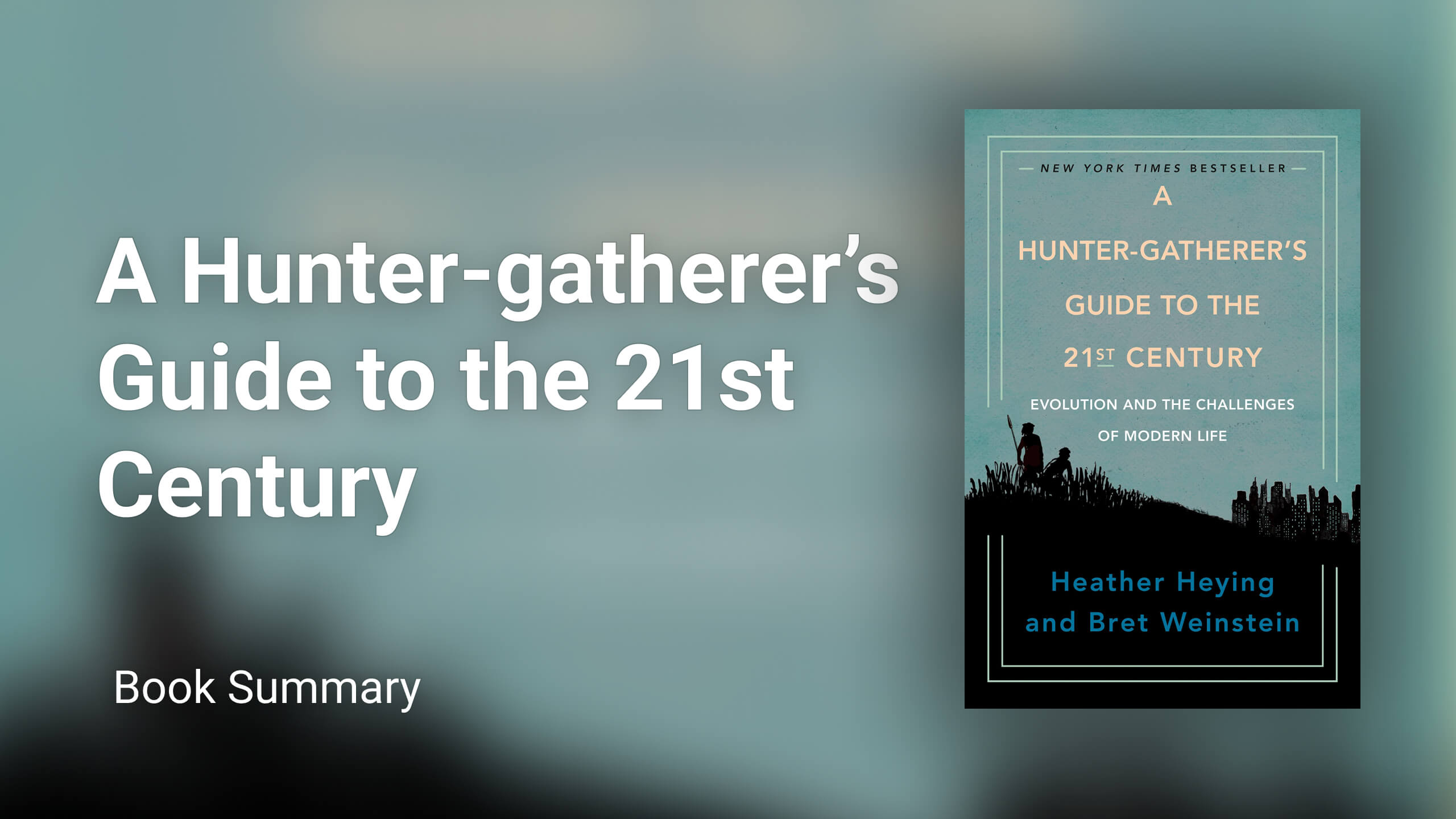Summary
In this podcast dr. Andrew Huberman and dr. Jordan Peterson discuss and try to explain various
- Affirmations really do work because they capture the fundamental principle of our neurology works.
- Cleaning your desk before starting to work on a hard task (or doing your bed before the hard day) really helps to increase energy, focus, and motivation.
Notes
Autonomic Nervous System
- 4:10 Autonomic Nervous System (automatic).
- Controls vegetative functions
- rate of digestion
- stuff that keeps you urinating while you’re asleep
- Peterson: all the things that are too complex for us to think through
- Controls vegetative functions
- 3 main types of
body-to-brain signallingheart-rate (fastening or slowing)- gut (empty or full)
- breath (rate, depth)
- There are chemical and mechanical signaling from the body to the brain
- Parasympathetic and sympathetic systems
- Seesaw of alertness and calmness
- What is interesting is our interpretation of these signals and how it relates to anxiety and exploratory behavior and where the nodes of control are.
- It’s like a hinge on a seesaw
- For some people the balance is shifted towards alertness, so they might often feel that their overall level of autonomic arousal is inappropriate for the demands of their life
- i.e. their heart is racing
- Other people may feel
under-energized and exhausted - Both states originate in the autonomic nervous system
- The area of the brain related to this regulation is the Prefrontal Cortex and in particular the left dorsolateral prefrontal cortex.
- It has a direct connection to 2 brain regions that are critical to the issue of if you «feel right»: Anterior Cingulate Cortex and Insula
- Insula is responsible for interpreting incoming bodily signals
- Also coming to Insula are the signals from Amygdala
- Insula is responsible for interpreting incoming bodily signals
- It has a direct connection to 2 brain regions that are critical to the issue of if you «feel right»: Anterior Cingulate Cortex and Insula
- 11:52 Body reports to conscious attention
- It is Insula reports on the nature of bodily states to the prefrontal cortex in a manner that allows us to be consciously aware of our body states
- We can take out physiological state into account when we envision plans
- Part of the function of the dorsolateral prefrontal cortex is allowing us to envision different versions of the future (those are plans).
Prefrontal Cortex
- Prefrontal Cortex is a flexible
rule-setting structure- we apply different rules in different contexts
- both Insula and Prefrontal Cortex are involved in this «conversation» that establishes which rules are appropriate for a given situation
- prefrontal cortex is switching sensitive behavioral patterns
- Left dorsolateral Prefrontal Cortex can access memory from Hippocampus: «Last time I responded like I didn’t get the results I wanted»
- also Left Dorsolateral Prefrontal Cortex is connected to structures that then feed into the Vagus Nerve, which can slow the heart rate down.
- as Left Dorsolateral Prefrontal Cortex acquires a new rule set it sends a signal to slow the heart down through the Vagus Nerve
- Prefrontal Cortex is not suppressing, but conducting lower level signals
- Normally the Prefrontal Cortex is leading the response of the Insula.
- If a person is depressed or in a state of chronic anxiety, then Insula and Anterior Cingulate Cortex starts to lead.
- We see it in dysregulated arguments: people default to the singular and primitive rule set
- 22:50 The line between anxiety and exploratory behavior:
- Autonomic arousal (tendency to be more alert) is a healthy response
- 23:10 At the moment adrenaline is released from the adrenals, there is a parallel signal in the brain. Locus coeruleus sprinkles the entire brain with adrenaline.
Emotional States
- 24:10 If a person has a lesion of the Dorsolateral Prefrontal Cortex or if it is otherwise inactivated, the person becomes incredibly accurate at any motor task but loses the ability to establish rules.
- i.e. a person can shoot very accurately in a computer game, but can’t tell if a target is the enemy of a friend.
- as a purely sensory motor response machine, the Prefrontal Cortex is not necessary and even detrimental
- If you get rid of a Prefrontal Cortex, everything becomes a stimulus
- For a baby everything is a stimulus
-
2-year-olds just cycle through innate motivational states.- When they are interested in something, they are 100% interested. When they are angry, they are 100% angry. If they are tired, they instantly fall into a coma.
- It’s because they don’t manifest any integrating Prefrontal Cortex activity until they are 3 when they can start engaging in joint play states with other children. Then they can modulate their underlying emotions with the abstract representation or goal which is sometimes jointly shared.
- When they are interested in something, they are 100% interested. When they are angry, they are 100% angry. If they are tired, they instantly fall into a coma.
- Adults become
infant-like in their responses when anxiety is high- Peterson: Anxiety simplifies us. If we are unable to compute a complex and sophisticated pathway forward that takes multiple variables into account simultaneously, we can’t just do nothing. We’re going to default to some primordial and direct state.
-
- For a baby everything is a stimulus
Future Selves
- 28:10 Prefrontal Cortex generates potential abstract patterns of action, so they can be assessed before they are implemented. It’s like it generates potential future selves.
- Prefrontal Cortex is connected to priors via the hippocampus, it can take into account the current state, i.e. do I have the energy to undergo a particular pattern (through Insula, and Anterior Cingulate Cortex).
- Dorsolateral Prefrontal Cortex also can control the body:
- default of neural inputs to the heart and the breathing system is to be very activated
- brain provides a suppressing or breaking to those signals
- 31:07. The default reproductive strategy of the animal that has no behavioral flexibility is to have as many offsprings as possible, to spread out.
- The reason is that all variability in animal behavior is genetically coded. For it to adapt, it has to produce a lot of copies of itself, most of which die.
- Humans evolved a mechanism for manufacturing artificial selves, so we can put forward fictional selves in abstraction and kill them off when they are not necessary without us dying.
- When we are describing these abstract artificial selves (avatars) (alternative modes of action), we are telling the stories.
- Huberman: Prefrontal Cortex is a
rule-changing alternateself-accessing machine that can also calm the body - Imagining different selves and different outcomes require that we suppress how we feel in our body at the moment.
- To change the rules we need to imagine how we would feel when we complete an action, so we need to suppress our current feeling
- Huberman: Prefrontal Cortex is a
- 37:40 When people are confronted with
anxiety-provoking scenarios (via virtual reality), the pause response is associated with autonomic arousal (stress), but it was the lowest anxiety response.- Retreat was the next level in terms of heart rate change and changes in the Insula.
- And then there was a subset of individuals, who would confront the fear. Not reflexively, but after some consideration, they would lean into the challenge. This response is associated with the highest levels of arousal.
- A subset of people will be very scared, but they still will march on and even explore jumping from a great height (knowing that it is virtual). They also demonstrate changes in the Insula activity and breathing.
- Stimulating Nucleus Reunions in the midline Thalamus converted mice from just scared to also willing to confront their fears strategically.
- If it is stimulated without any fear stimulus, subjects (both mice and people) love this feeling
- Nucleus Reunions connected directly to major hubs of Dopamine release.
Dopaminergic System
- Huberman: We have one major reward system — dopaminergic.
- The subjective feeling reported by people after the stimulation was «mild frustration, the anticipation of something (though they didn’t know what)»
- It’s like «something good is going to happen»
- it’s a «hope system»
- it’s not about having, it’s about wanting
- it’s not about pleasure, it’s about craving, motivation, and drive
- The Dopamine system is in contact with the autonomic system
- Prefrontal Cortex is a part of the dopamine reward system
- Prefrontal Cortex projects different selves into the future
- Reward Prediction Error
- If you are expecting something, some dopamine is generated
- If the expected never arrives, the disappointment makes you feel much sadder
- When you anticipate something, the dopamine raises
- When you get what you want, the dopamine level raises even more, but then it decreases below baseline
- it is the basis of addiction
- the reward is not getting the ice cream, but just before getting it when you that you are going to get it
- When you get what you want, the dopamine level raises even more, but then it decreases below baseline
- 50:00 How addicted
sub-personality grows:- somewhere down the line there is a certain state of mind that you are in (i.e. nihilistic hopelessness)
- the state grips you and motivates you to seek out your favorite drug
- dopaminergic reinforcement produced by the drug reinforces not only the craving for the drug itself but the initial state as well
- When the anticipated event never comes, the dopamine level drops way below the baseline, and if after the drop the event happens, it produces an even stronger kick.
- 52:20 If you are highly anticipatory and it doesn’t make itself manifest, then you are seriously wrong, so you are going to take an emotional hit
- The pain might be associated with the beginning stages of the death of the systems that mediated this initial response
- Because you should eradicate systems that make you anticipate that don’t want, but they are in some sense already alive. You’re probably going to pay a price for something approximating pain.
- 53:30 depressive cascade
- you anticipate something and you make a mistake
- how significant is the mistake?
- «oh well, it can happen to anybody»
- «I’m near 50 years old, I should be much more responsible, there is something wrong with me as a person»
- a depressive person can go even further:
- not only there is something wrong with me in this decision
- this decision is just like any other decision I make
- I never make a good decision
- in the past I never made a good decision
- there is no way I’m going to change in the future
- how to evaluate a mistake
- «here are all things you do right, but in this case here is the minimal thing you did incorrectly and this is how to alter it»
- the higher a person in neuroticism, the higher probability of the cascade
- errors are due to state, not trait
- make it as local as you can
- before evaluating a mistake you want to remove yourself from the state of rage or anxiety because those states are very low resolution and push you towards global accusations
- what is the minimal possible behavioral transformation that insures that similar mistakes don’t happen in the future
- If your roof is leaking, you don’t have to rebuild the house from scratch
- The subjective effect of dopamine is caused not by the absolute amount, but by the delta between the baseline and the state
- 1:00:00 some people tend to overinflate their wins — manics
- For a manic every one of their possible selves is wonderful
- Every possibility gives them a dopaminergic kick
- You shouldn’t be positive about everything
- When a system loses its ability to focus and discriminate then it becomes pathological
- Someone, who is manic is a different person every second
- Dopaminergic system is about the pursuit, not the outcome
- When the dopamine is elevated it puts our perspective outside of our body (that person, that lover, that food, that target)
- manics are all about plans — I’m going to do this and that — and not about the execution
- When the dopamine is elevated it puts our perspective outside of our body (that person, that lover, that food, that target)
- For a manic every one of their possible selves is wonderful
- The opposite is in neuroticism
-
self-consciousness loads heavily on neuroticism- When you fall into anxiety, there is an internal obsessiveness — which parts of me are malfunctioning and need to be eradicated?
- if a socially anxious person goes into a social gathering, they are so focused on their internal sensations, they fail to make eye contact — conversation fails and they fall into a spiral
- solution — don’t calm yourself down, but calm the other person down — focus your attention outward
-
- 1:05:37 — The data is showing that overly anxious people are too much in touch with their bodily signals (they can count their heartbeats) — they are best to avoid focusing on inward focusing meditations
- On the other hand they might just be gripped by their thoughts.
- If they do this voluntarily, it activates another system
- This is why exposure therapy works
- I’m afraid of something
- If I go near it, then I’m possessed with negative emotions
- Thats' if you go near it accidentally
- If you do it purposefully the response will be quelled.
- People don’t become less afraid, they become braver instead
Short and Long Term Effects of Dopamine on the body
- 1:08:40 There are 2 modes of changing responses
- neural plasticity
- adding new cells or rewiring
- Any system that taps into the dopamine system is highly subject to reward neural plasticity ^daa4d3
- If you give somebody a drug that increases dopamine (and) for the next 1–4 hours the neural plasticity is increased — it takes fewer repetitions to create a permanent shift in a neurology
- If you believe that you are doing something important and desirable, you are approaching the valued goal, you have a lot of anticipation as a consequence of that, you put yourself into a
neuro-chemical state that facilitates learning- Woo statements like the Secret, affirmations stuff do work because they capture the way our neurology works: ^9d995c
- Prefrontal Cortex as a flexible
rule-setting machine that taps into the dopamine system can adopt new rules for reward release in the brain — hence improved neural plasticity
- Prefrontal Cortex as a flexible
- Woo statements like the Secret, affirmations stuff do work because they capture the way our neurology works: ^9d995c
- When you are writing an essay, you have to start with having a question in mind that you regard finding the answer to worthwhile, otherwise the whole exercise is a lie.
- 1:16:00 Dopamine system is depletable but renewable and
self-amplifying .- If I don’t have a specific goal, when I do even a menial task like making a coffee, it completes a dopaminergic circuit and results in a release of dopamine which in turn amplifies our ability to think into the future, to make additional plans and increases confidence and energy. ^e69c88
- Adrenaline is neural energy, it gives us the ability to get up and go. Adrenaline is manufactured from dopamine.
- If I don’t have a specific goal, when I do even a menial task like making a coffee, it completes a dopaminergic circuit and results in a release of dopamine which in turn amplifies our ability to think into the future, to make additional plans and increases confidence and energy. ^e69c88
- Neuroplasticity works on a short scale. The slower system is a hormonal control
- Testosterone and Estrogen are both secreted when the dopamine system is activated.
- Dopaminergic neurons with Pituitary Gland which releases gonadotropins, luteinizing hormone, stimulate the testis and ovaries to release the hormones
- Sex steroid hormones are vital not only for reproductive but also for motivational biology.
- Steroid hormones are lipophilic, they can go to the nucleus of a cell and control gene expression.
- If you achieve wins repeatedly, testosterone is the molecule that controls not only immediate cell function but also gene expression.
- Testosterone and Estrogen are both secreted when the dopamine system is activated.
- Cognitive appraisal is critical:
- «I’m someone who can get things done (even if they are small)»
- «Small things are not small»
- Experiment:
- 2 rats (or people): one normal, one with depleted dopamine
- If you allow them to experience something pleasurable, they both will enjoy it
- If you put any kind of a task between an animal and the reward, the animal with depleted dopamine will not do the task
- Anxiety is a natural system of getting you to move, it’s a «bias towards action».
Effects of Pornography
- Dopaminergic system is generalizable to many different behaviors.
- Ability to access repeat dopamine surges without any effort or directed pursuit is pathological.
- For example cocaine increases dopamine, but the only system that gets rewarded is the
drug-seeking behavior.
- For example cocaine increases dopamine, but the only system that gets rewarded is the
- After the orgasm a great amount of prolactin is released which blocks the release of dopamine and testosterone for a long time.
- 1:37:00 Pornography tends to reinforce circuits related to watching other people having sex, not engaging in the activity in the first place.
- Masturbation leaves an open loop of neural chemicals including oxytocin and prolactin. Dopamine increases during the pursuit, then it peaks and then drops below the baseline after orgasm and ejaculation. This puts a person in an unmotivated state. It depletes the dopamine system.


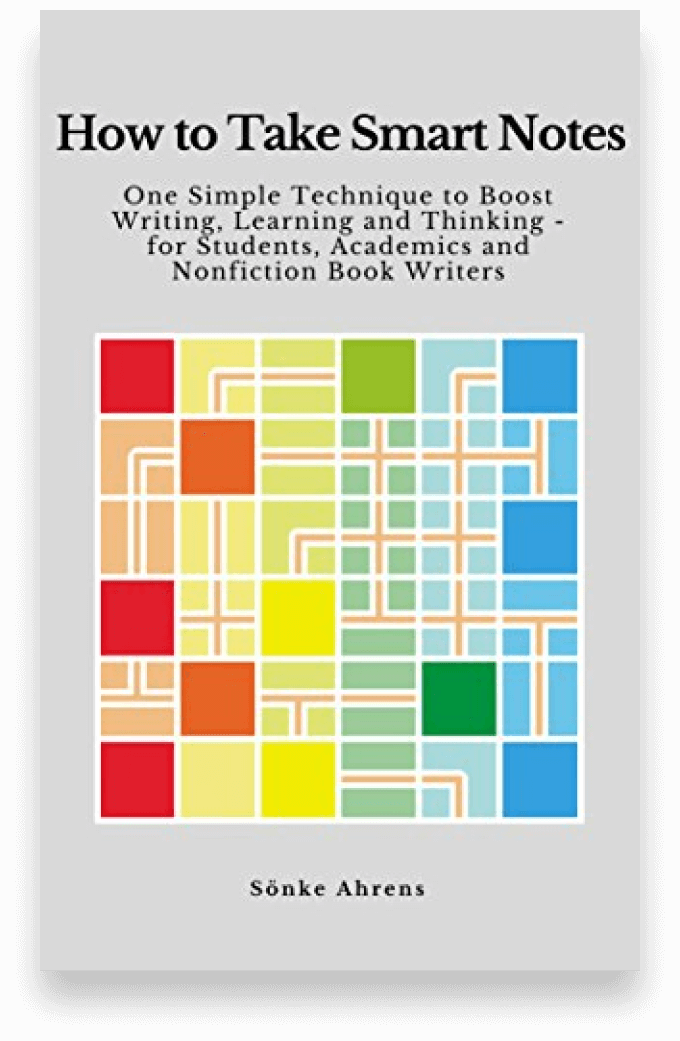


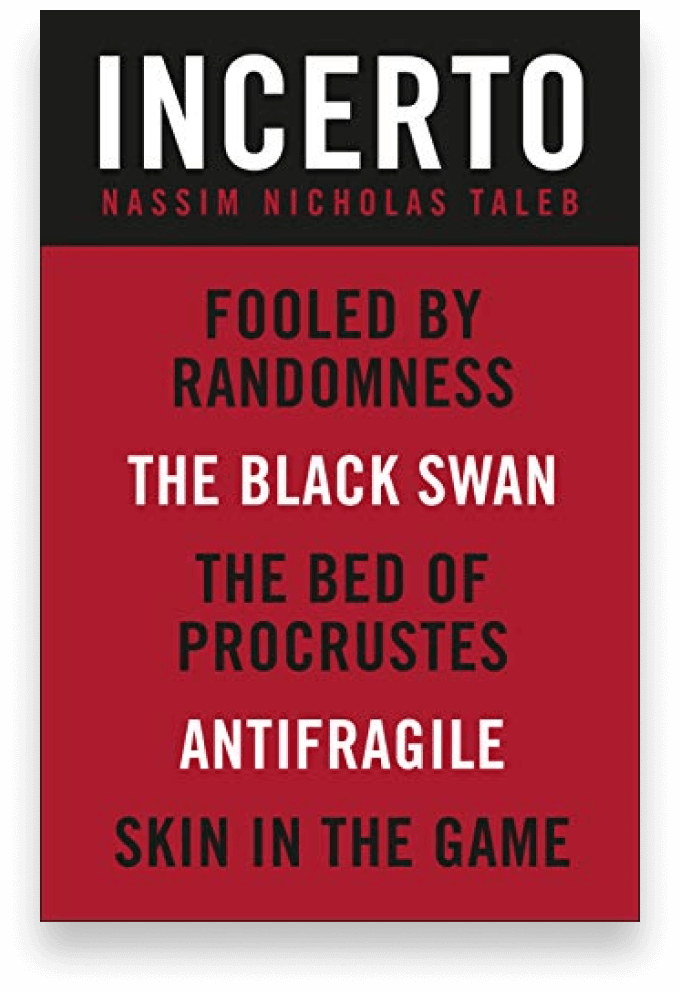

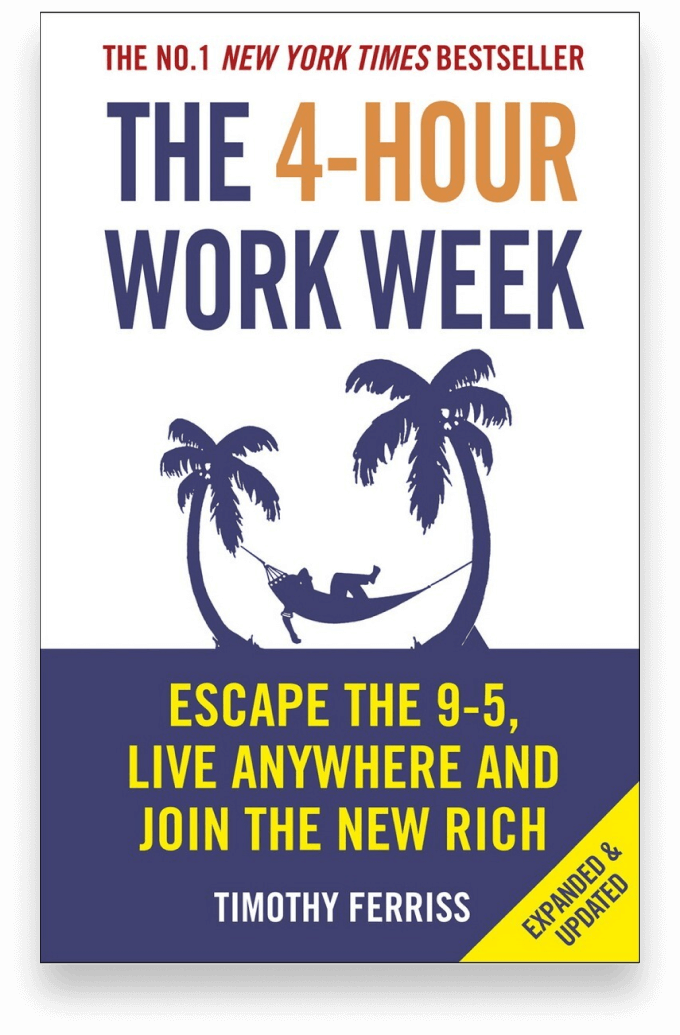
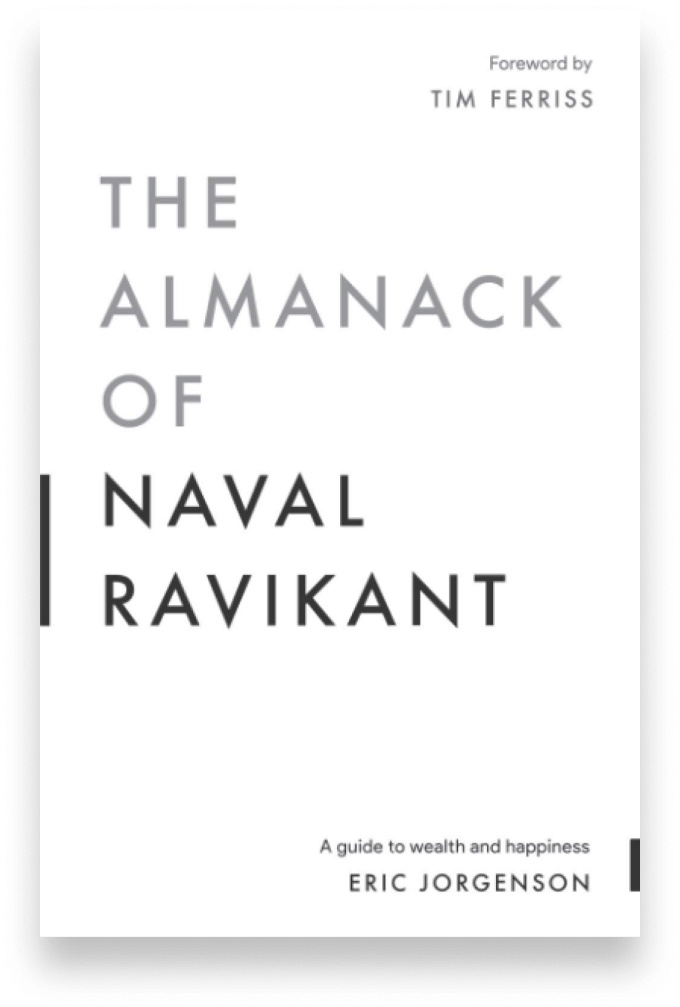


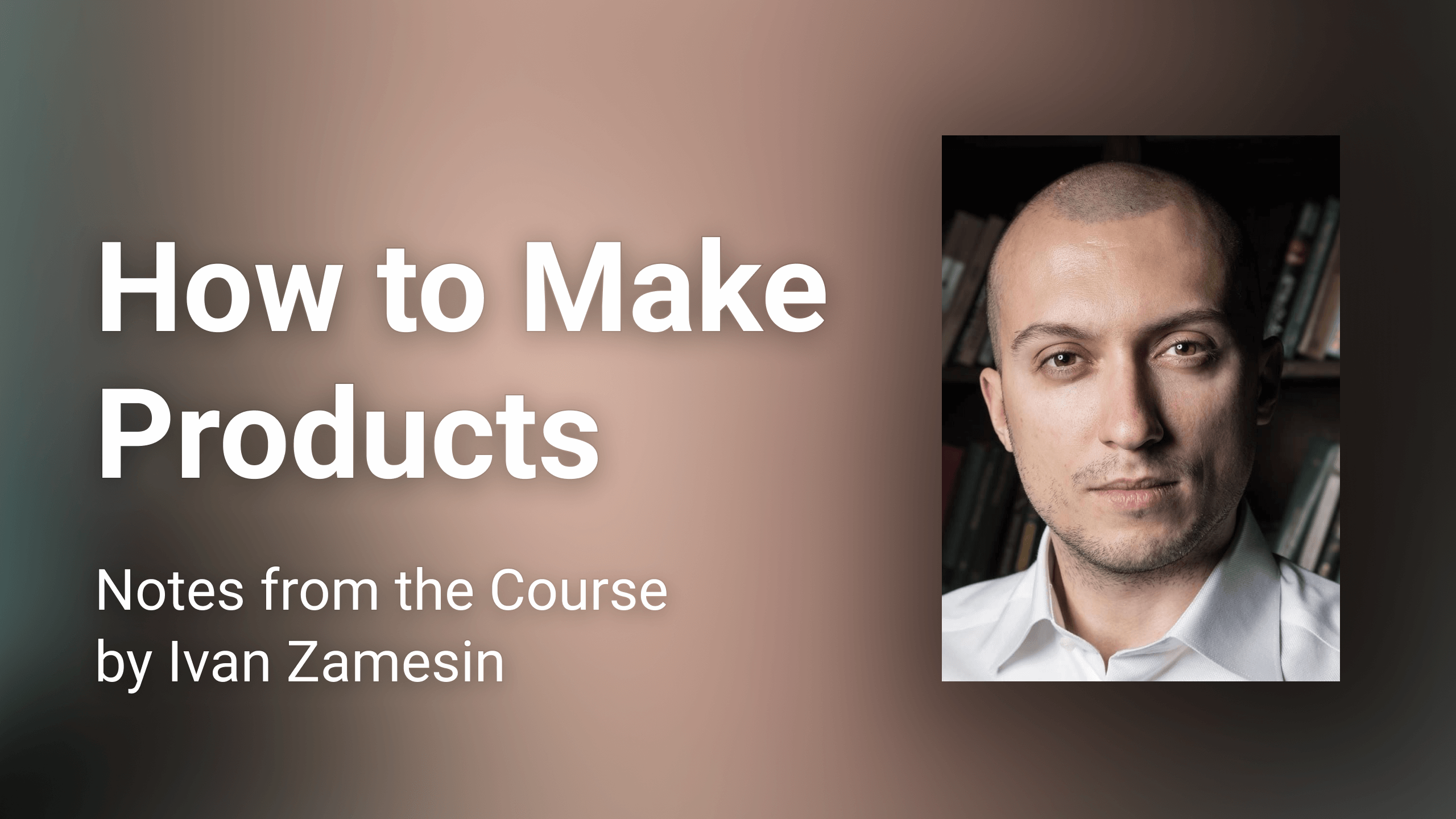
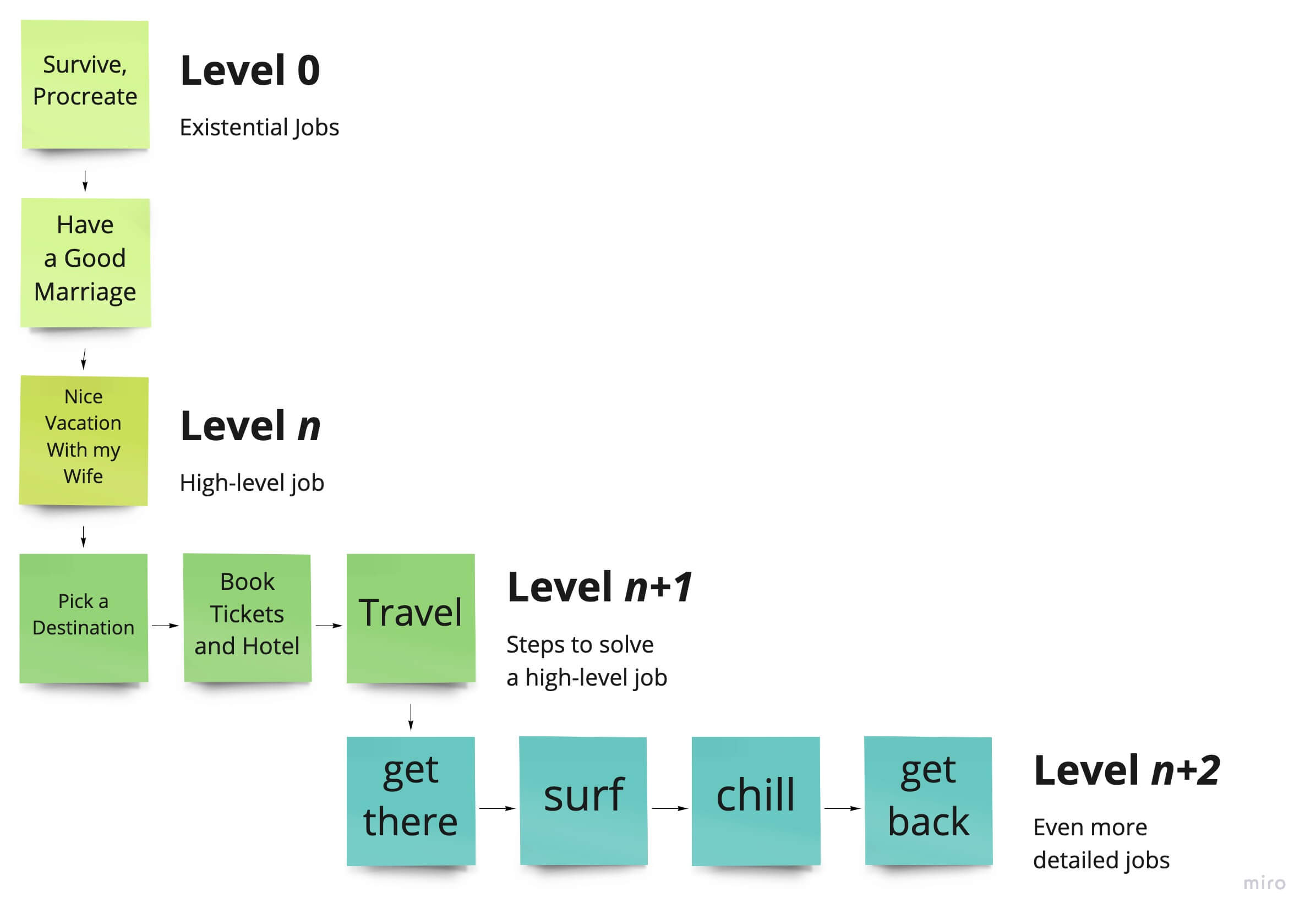
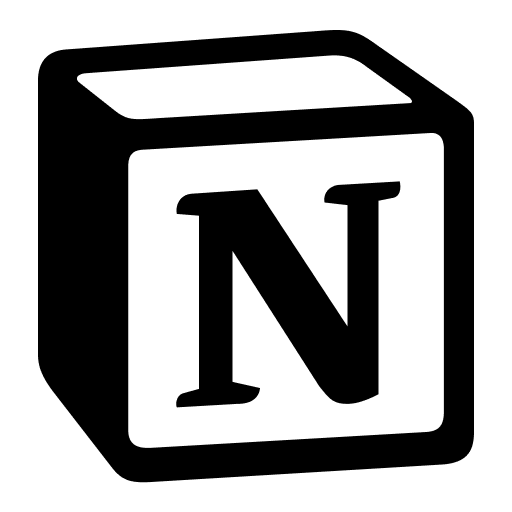 Segment Search Interview Template
Segment Search Interview Template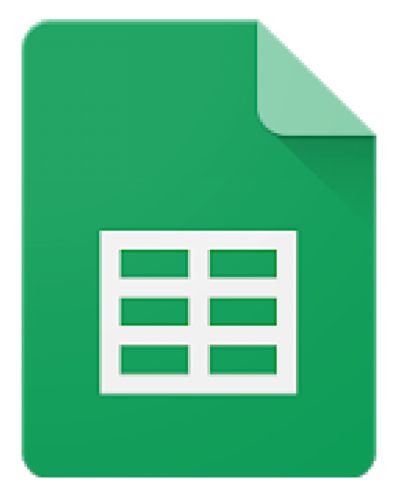 order
order